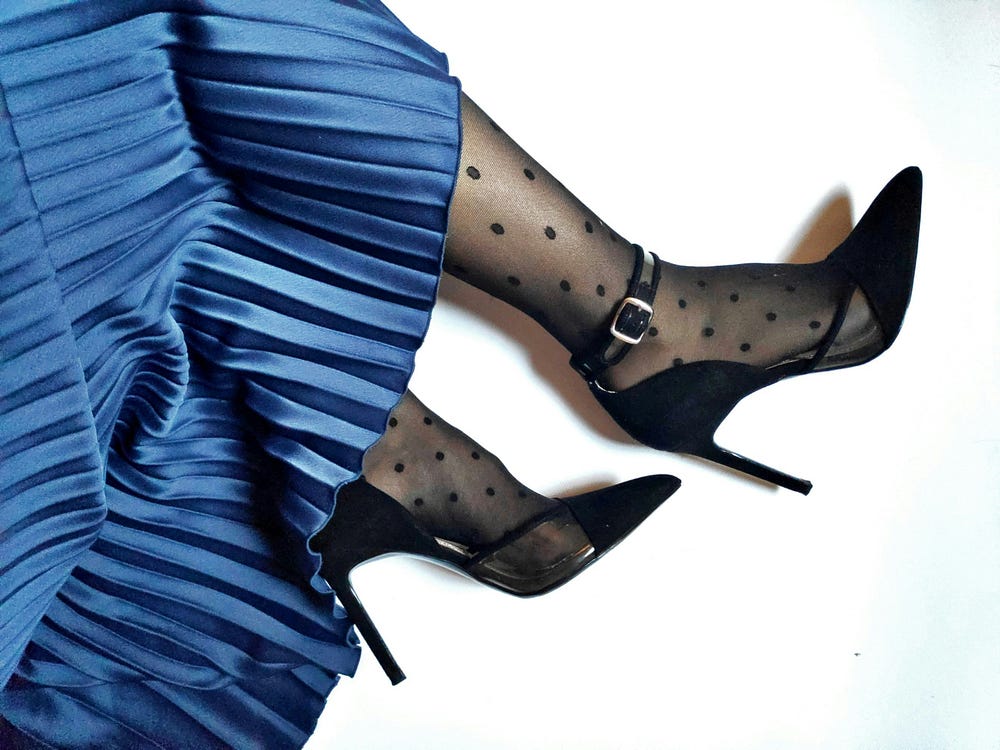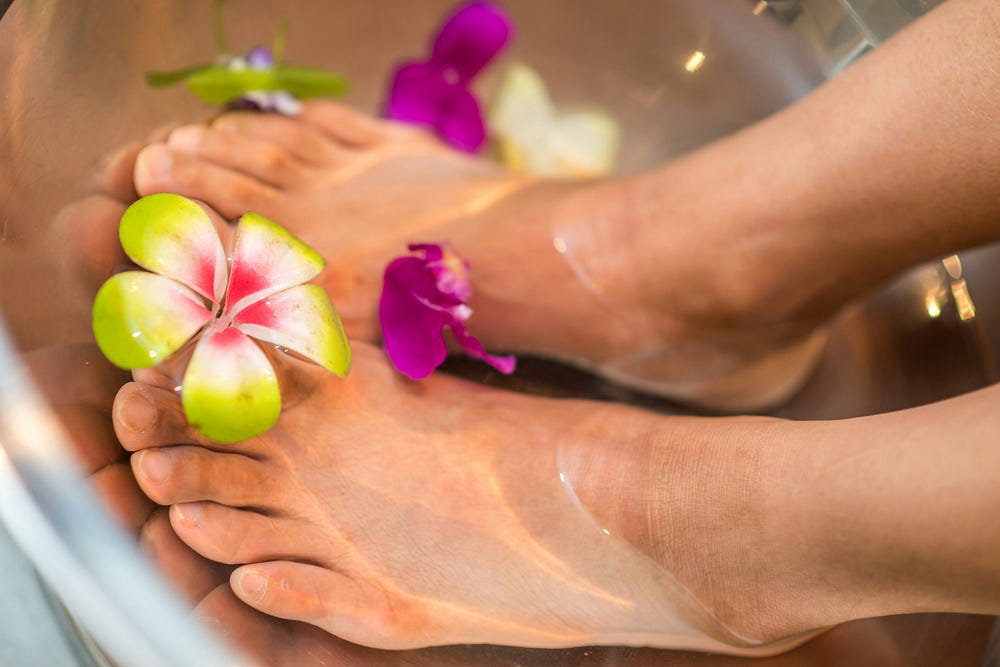The Secret Science of High Heels and Female Health
Facts are verified and intext citations to research articles are provided.
20 Apr '24
4 min read

Do you know that high heels have long stood as a symbol of fashion, sophistication, and femininity [1]. From the red carpets to the boardrooms, these iconic pieces of footwear have carved a permanent niche in women's wardrobes worldwide [2]. Despite their glamorous allure, the impact of high heels on female health is a topic of ongoing debate and research [3][4].
High heels were not originally designed for women. In the 15th century, they were worn by Persian cavalrymen to secure their feet in stirrups. European aristocrats soon adopted this style to signify their status, the higher the heel, the higher the status.
Over centuries, high heels evolved from symbols of aristocratic power to essential accessories in women’s fashion. By the 18th century, they were firmly entrenched as a staple in women’s wardrobes, evolving with changing fashions and societal attitudes. Today, they are worn primarily by women, with their designs reflecting a blend of modern aesthetics and traditional influences.
Walking in high heels fundamentally changes the mechanics of how one walks. Normally, the foot absorbs shock as it lands from heel to toe, with the arch distributing weight evenly [5].
High heels disrupt this process, forcing the foot into a nearly tiptoed position. This alteration shifts a disproportionate amount of weight onto the balls of the feet and toes, while the ankle and leg muscles adjust to maintain balance. The resultant strain not only affects the feet but also alters the alignment of the entire lower body, leading to potential changes in posture and gait that can have ripple effects throughout the musculoskeletal system.
The immediate effects of wearing high heels can range from mild discomfort to acute pain. Common complaints include blisters, corns, and excessive pressure on the toes leading to calluses.
More seriously, the unnatural position of the foot in high heels increases the risk of ankle sprains from falls or twists. This risk is compounded by the reduced stability that comes with narrower heel bases and taller heel heights, making even minor missteps potentially harmful.
Chronic high-heel use can lead to several long-term health issues. Regular wearers often suffer from a shortening of the Achilles tendon, as heels keep the tendon in a perpetually contracted state. This can lead to heel pain and complications when flat footwear is worn.\
Additionally, the unnatural alignment of the foot can accelerate the development of osteoarthritis in the knee joints and exacerbate lower back pain due to altered posture dynamics. Studies have also pointed to an increase in the incidence of foot deformities like hammertoes and bunions in long-term high-heel wearers.
Beyond physical effects, high heels play a significant psychological role in women’s lives. Many wearers report a boost in self-confidence and perceived attractiveness while wearing high heels, which can be empowering in both personal and professional contexts.
However, this comes with societal pressures where the expectation to wear high heels in certain professions or social settings can negate the voluntary aspects of their use, leading to a complex dynamic between personal choice and societal norms.
For those seeking the aesthetic benefits of high heels without the health drawbacks, several strategies can be employed. Choosing heels with a lower height, wider base, or more supportive design can significantly reduce health risks.
Incorporating shoe inserts or orthotics can also alleviate pressure points and provide better support. For occasions where style can be flexible, alternatives such as stylish flats, wedges, or platform shoes offer comparable elegance without health costs.
While high heels can enhance the outfit and boost confidence of women, their impact on health is significant. Understanding these effects is key to making informed decisions about footwear. By balancing fashion with health, women can enjoy the benefits of high heels while minimizing adverse effects, ensuring both style and well-being coexist harmoniously.
Category:Health and Wellness
Written by Younus M. Bhat
I am a columnist, author, and a PhD scholar with a passion for sharing my knowledge and expertise with others. Visit: https://www.theviralpost.online/ Email: [email protected], Stay Happy😊
0 Followers
0 Following







